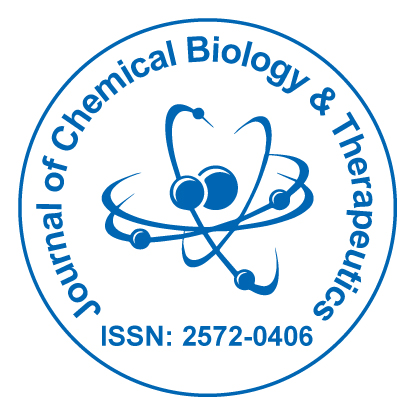Research Article
A Do-it-Yourself Protocol for Making Desired Mutant Proteins
Xue-Ying He1, Carl Dobkin2 and Song-Yu Yang1,3*1Developmental Biochemistry, NYS Institute for Basic Research in Developmental Disabilities, 1050 Forest Hill Road, Staten Island, NY 10314, USA
2Depatment of Human Genetics, NYS Institute for Basic Research in Developmental Disabilities, 1050 Forest Hill Road, Staten Island, NY 10314, USA
3Department of Neuroscience, Graduate School of the City University of New York, 365 Fifth Avenue, New York, NY 10016, USA.
- *Corresponding Author:
- Song-Yu Yang
Department of Developmental Biochemistry
NYS Institute for Basic Research in Developmental Disabilities
1050 Forest Hill Road, Staten Island, NY 10314, USA
Tel: +1-718494-5317
Fax: +1-718698-7916
E-mail: songyu.yang@csi.cuny.edu
Received date: September 4, 2015; Accepted date: October 14, 2015;Published date: October 21, 2015
Citation: He XY, Dobkin C, Yang SY (2015) A Do-it-Yourself Protocol for Making Desired Mutant Proteins. J Chem Biol Ther 1:101. doi: 10.4172/2572-0406.1000101
Copyright: © 2015 He XY, et al. This is an open-access article distributed under the terms of the Creative Commons Attribution License, which permits unrestricted use, distribution, and reproduction in any medium, provided the original author and source are credited.
Abstract
The generation of a mutant protein is often crucial to the elucidation of the pathogenesis of a genetic disease. This requires site-directed mutagenesis of an expression vector containing the gene of interest. Current site-directed mutagenesis procedures are derivatives of either a restriction site elimination method or a PCR-based mutagenesis method, which involve a commercial kit manufactured by any one of a number of biotechnology companies. A new efficient economical site-directed mutagenesis procedure is described here to provide researchers an additional choice that does not to rely on a commercial kit. This novel method has been validated, and requires only basic molecular biological techniques and reagents available in most laboratories even in developing countries. The mutation efficiency of this new method is usually greater than 80%. In case several different mutants of a protein are required for elucidation of the protein structure-function relationships, this method has distinct advantages since multiple mutations can be derived from the initial single strand DNA template.

 Spanish
Spanish  Chinese
Chinese  Russian
Russian  German
German  French
French  Japanese
Japanese  Portuguese
Portuguese  Hindi
Hindi